2017 Nissan Pathfinder Review: First Drive

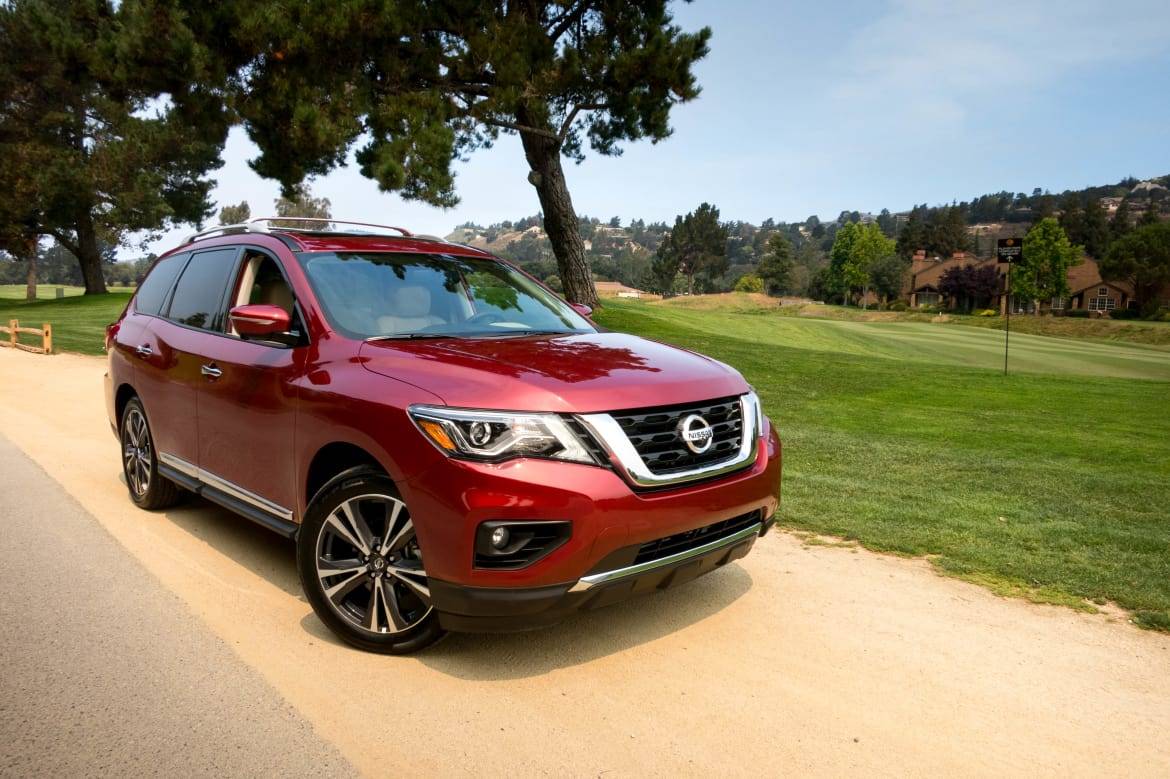
CARS.COM — The Nissan Pathfinder used to be one of the toughest SUVs on the road. A truck-based rig, it went from being partially unibody to full body-on-frame, based on the Nissan Frontier, when Nissan relocated its assembly to a factory in Tennessee. But Nissan then decided to turn the Pathfinder into a front-wheel-drive, car-based SUV and give it a much softer look and feel, meant to compete with three-row SUVs such as the reimagined Ford Explorer, Toyota Highlander and Chevrolet Traverse.
Related: 2017 Nissan Pathfinder: First Look
But now Nissan’s coming around again to try and make the Pathfinder look more butch. Sales have sputtered for the big three-row version despite the class itself being on fire. For 2017, Nissan’s given it a facelift, firmed up its suspension and steering, and added some more up-to-date electronics to try and spur interest in the Pathfinder among male shoppers. The results of these efforts, however, are mixed.
From the outside, the new Pathfinder doesn’t look all that different from the old one. There’s a new, more squared-off front end with more angular headlights and the Nissan V-motion grille. The hood has been raised about an inch to make for a beefier SUV look as well. Out back, LED taillights have been revised, as has the rear bumper, but the Pathfinder’s overall look is still more sleek than slab. It more resembles a bigger Subaru Outback in profile than an actual SUV. It’s not at all unattractive, but it hasn’t quite hit the butch target.
A new engine with increased power should help. Under the taller hood of the Pathfinder is a revised 3.5-liter V-6 engine making a robust 284 horsepower (up from 260 hp) and 259 pounds-feet of torque (up from the old model’s 240 pounds-feet). It provides for strong acceleration, both from a standing start and at highway speeds. It’s mated to a continuously variable automatic transmission, which acts like a traditional geared transmission when you really put your foot into it — under hard acceleration, it creates artificial “shifts” instead of the constant smooth rush inherent to CVTs. It’s meant to ape a normal automatic transmission, as customers have complained about the feel and constant engine drone.
The new power comes without a gas penalty, either — EPA-estimated fuel economy is unchanged from the less powerful 2016 model, holding at 20/27/23 mpg city/highway/combined with two-wheel drive, 19/26/22 mpg with four-wheel drive. Those are competitive numbers versus other automakers’ V-6-powered three-row SUVs, like the Ford Explorer V-6 and Toyota Highlander V-6, but those automakers also offer more fuel-efficient powertrain choices for their trucks. Nissan offers only the V-6. You can specify a two-wheel-drive or all-wheel-drive Pathfinder, but the all-wheel-drive versions feature either an automatic or locking four-wheel-drive mode. Electronic hill start assist and hill descent control are standard. Regardless of the phony transmission shifting behavior, the powertrain is a high point of the new Pathfinder’s performance.
The suspension, on the other hand, is not. While steering performance has definitely improved, with dramatically better feel and feedback, the greater firmness creates a bumpy, unsettled ride quality that doesn’t match the sedate family-hauling mission of the Pathfinder. It does remain flatter in cornering, with improved body control over the outgoing Pathfinder. But that newfound poise has come at the expense of ride comfort, a quality that may be preferred for family use.
Slip inside the new Pathfinder and you’re greeted by a comfortable interior featuring Nissan’s plush “Zero Gravity” seats (I still don’t understand quite what this term means) and an airy cabin with lots of light. The Platinum trim level I drove had excellent leather on the seats but faux wood trim that made me wince with its obviously artificial nature. Visibility is excellent in all directions thanks to a low belt line and dashboard, but this also presents something of a problem — all of the controls and gauges are very low. The seating position is high, however, meaning everything is well below where you’re normally looking — it feels as if you’re sitting in an Altima sedan with the seat at its highest position. The steering wheel doesn’t adjust up far enough for some drivers and there are some controls located on the dashboard down by my left shin, where they’re effectively out of reach while driving. For shorter drivers, it may not be much of a problem, but taller folks may have an issue with this seating position.
Backseat comfort is good, however, with a novel sliding seat design that provides plenty of room for three. Headroom and legroom is plentiful, front and back, a common praise in Nissan SUVs (the smaller Rogue is similarly blessed with room). The third row is tighter and not terribly easy to get in and out of for adults. Like most third rows, it’s best left for the more limber kinder.
The interior electronics have received an update as well. A new, small full-color display between the gauges uses a font so wee that one has to squint to make out some of the information it displays. Much better executed is the standard 8-inch touch-screen and Nissan’s brand new icon-based NissanConnect multimedia system that is lightning fast and easy to use at a glance, with no prior familiarization. The navigation system finally looks updated and modern, in contrast to the types used in other Nissan vehicles. I can’t wait for this system to proliferate through the Nissan lineup.
Cargo space for the Pathfinder is unchanged but still decent. You get 16.0 cubic feet of room behind the third row, or 79.8 cubic feet with both second and third rows stored (Nissan strangely provided no data on just having the third row stored, which would seem like the most common usage). This actually puts the Pathfinder on the smaller side of the three-row field, with the Explorer providing a total of 80.7 cubic feet of cargo, the Toyota Highlander up at 82.6 cubic feet and the Chevy Traverse providing a massive 116.3 cubic feet of room.
Nissan has upped its safety game as well, now optionally equipping the Pathfinder with forward automatic emergency braking, an around-view monitor with moving object detection, and adaptive cruise control. Blind spot warning and rear cross-traffic alert are also available.
The Pathfinder comes in several trim levels, starting at the base model S that’s equipped with a standard 8-inch color NissanConnect display, satellite radio, the EZ Flex seating system, three-zone automatic climate control, a backup camera and more. The SV trim adds a bunch of features, while the SL trim brings leather seats and even more standard equipment. Topping everything off is the loaded Platinum trim, featuring LED headlights, 20-inch wheels, cooled front seats, a Bose 13-speaker stereo and some awful chrome strips on the body sides that look like they came out of your local chain parts store’s trim aisle.
In the end, the new Pathfinder presents some improvements over the old one (powertrain, multimedia) and some disappointments as well (suspension performance, some questionable interior materials). Whether this will be enough to spur interest in the Pathfinder with the arrival of new models like the gorgeous Mazda CX-9 and continued popularity of fan favorites like the Ford Explorer remains to be seen.
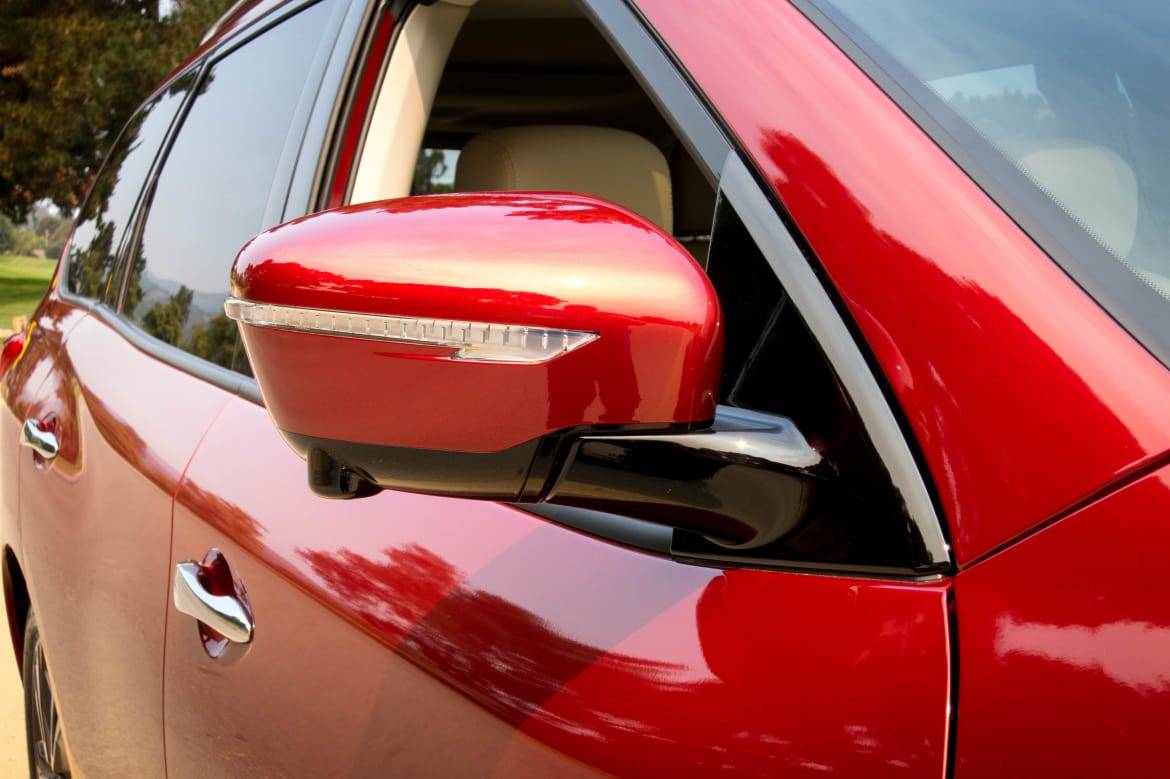

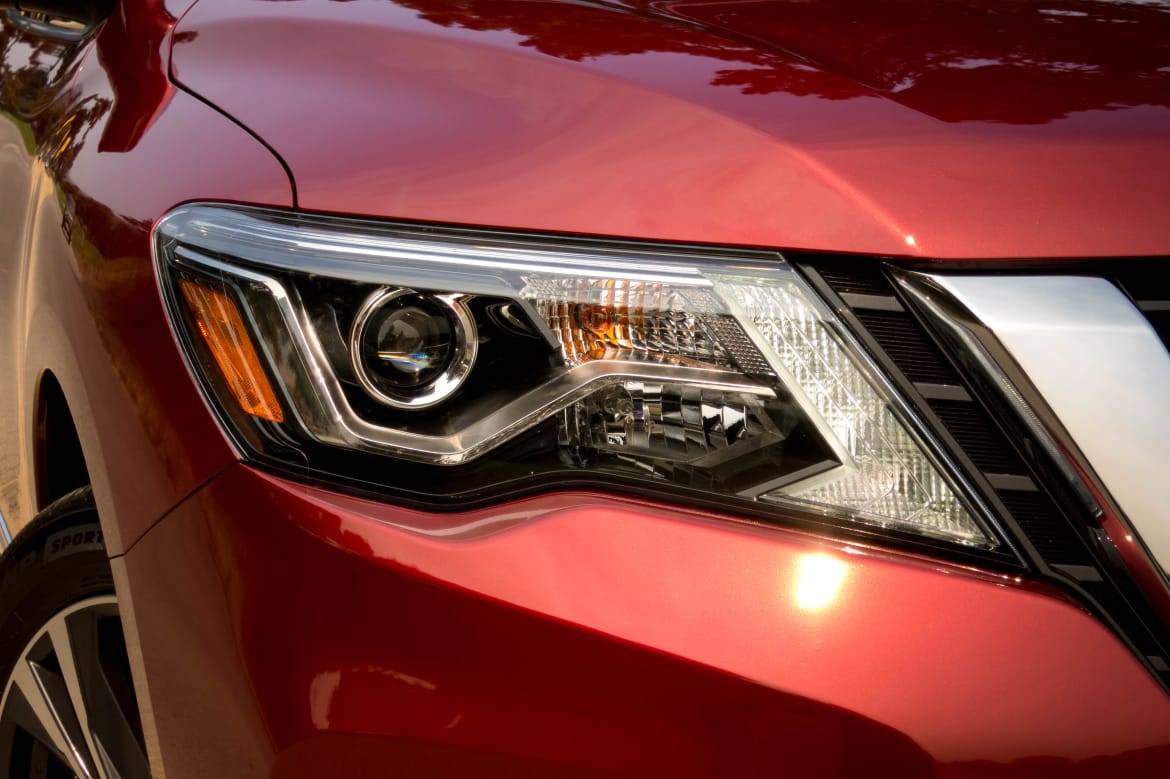
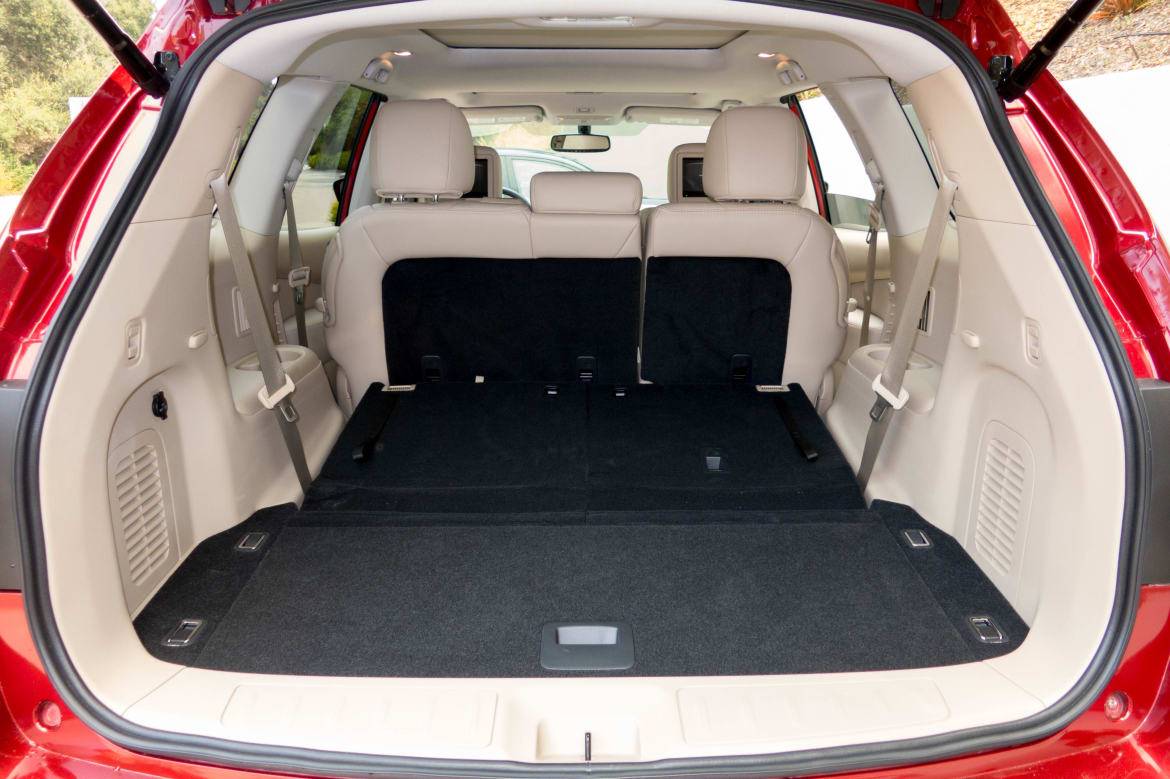
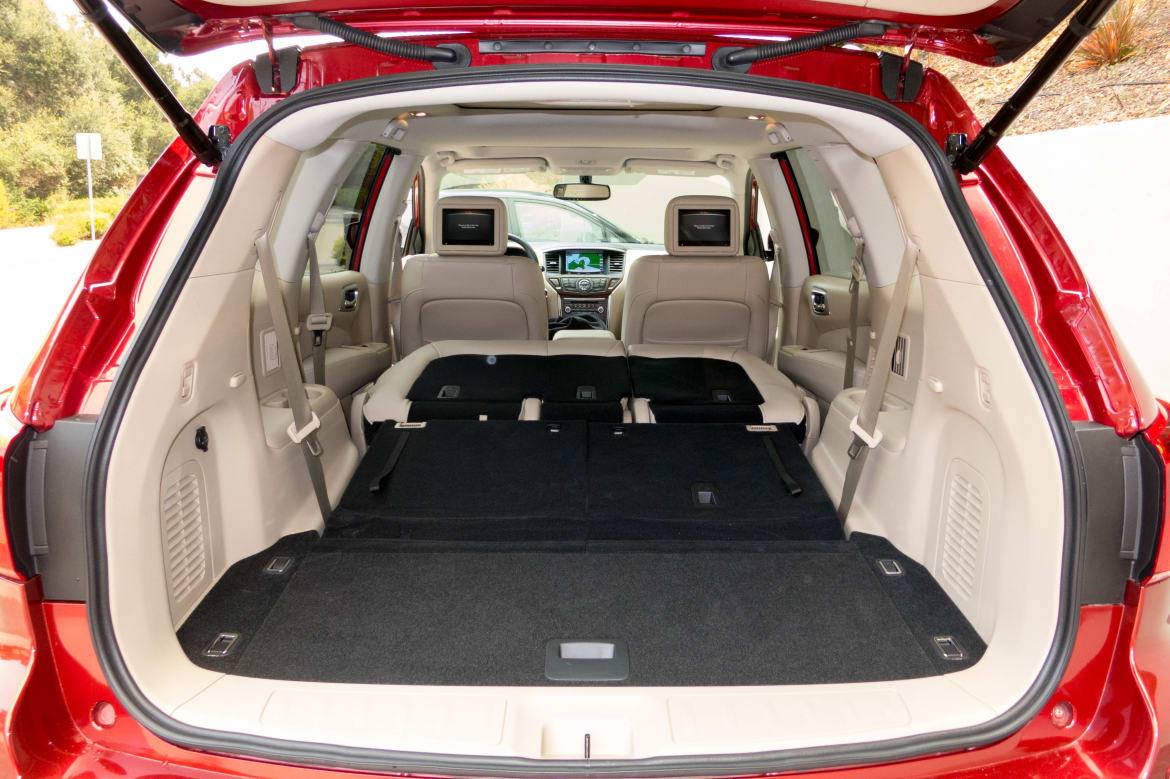
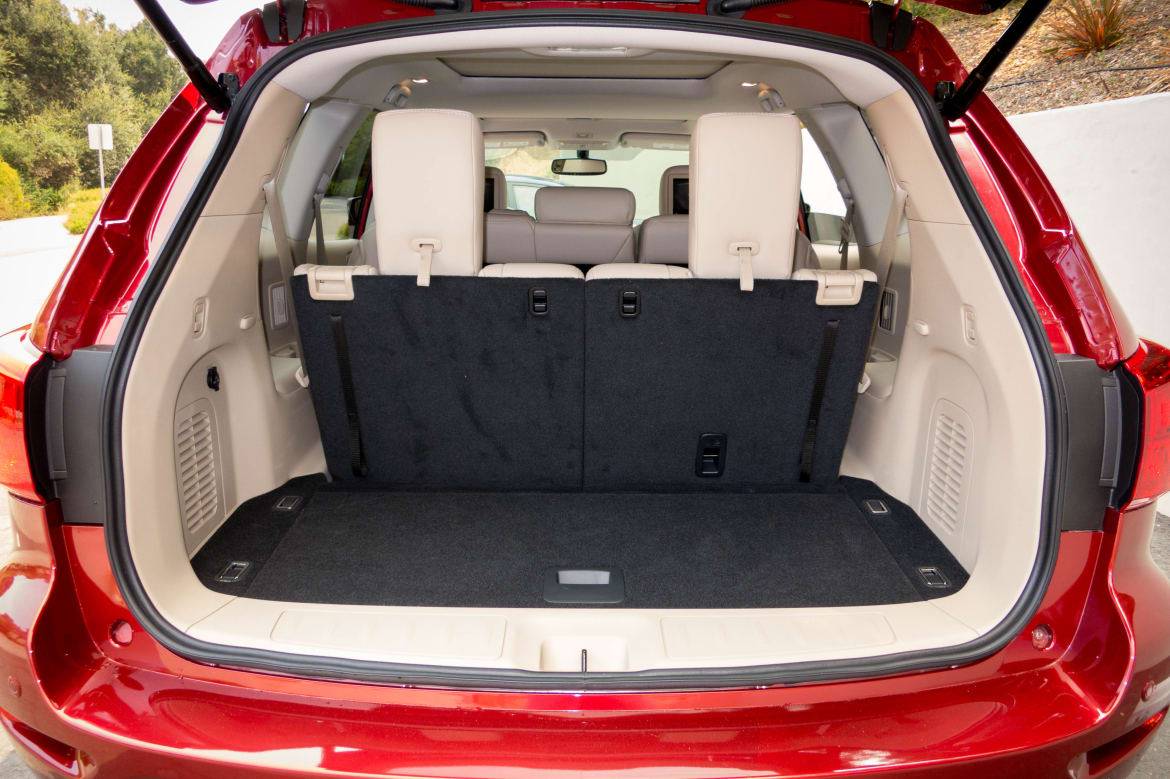
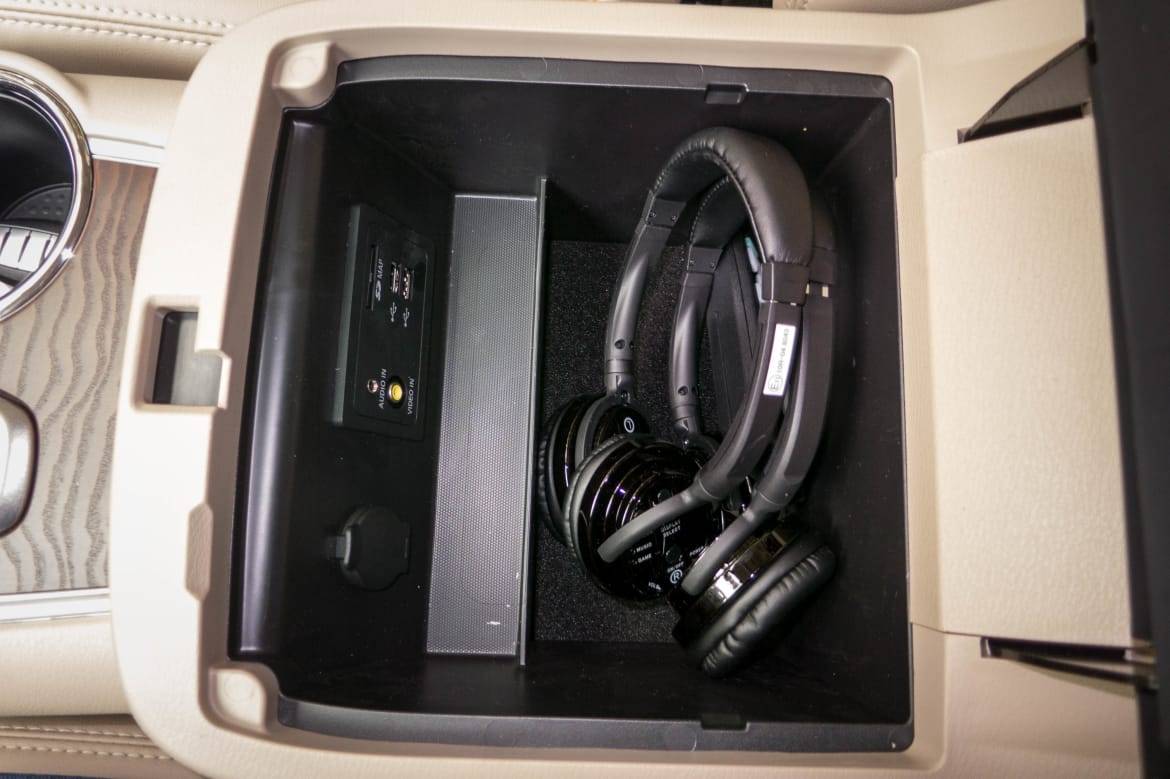
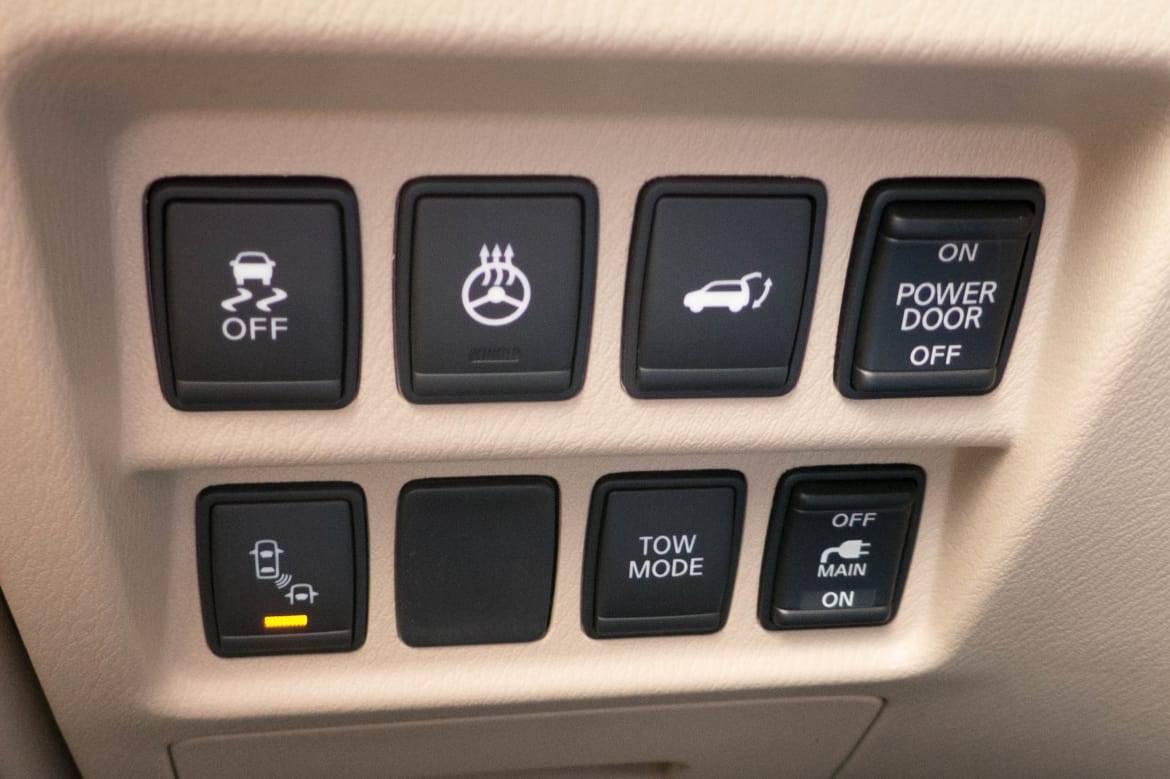
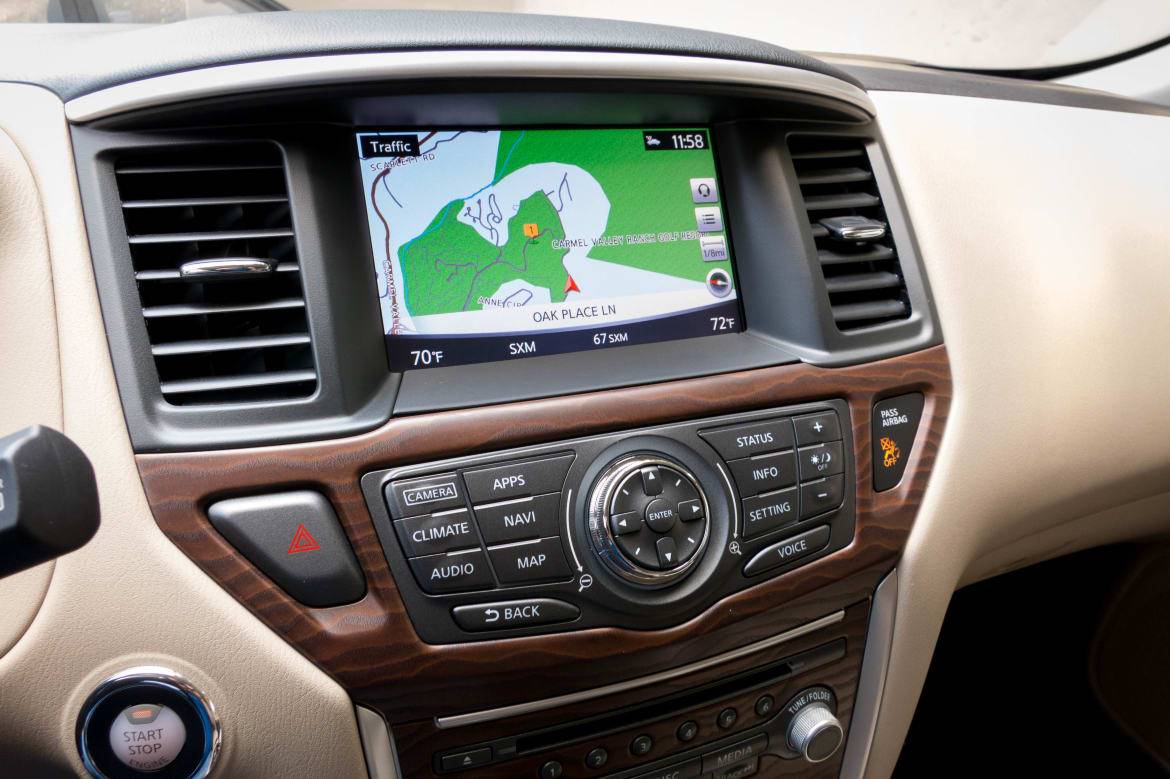
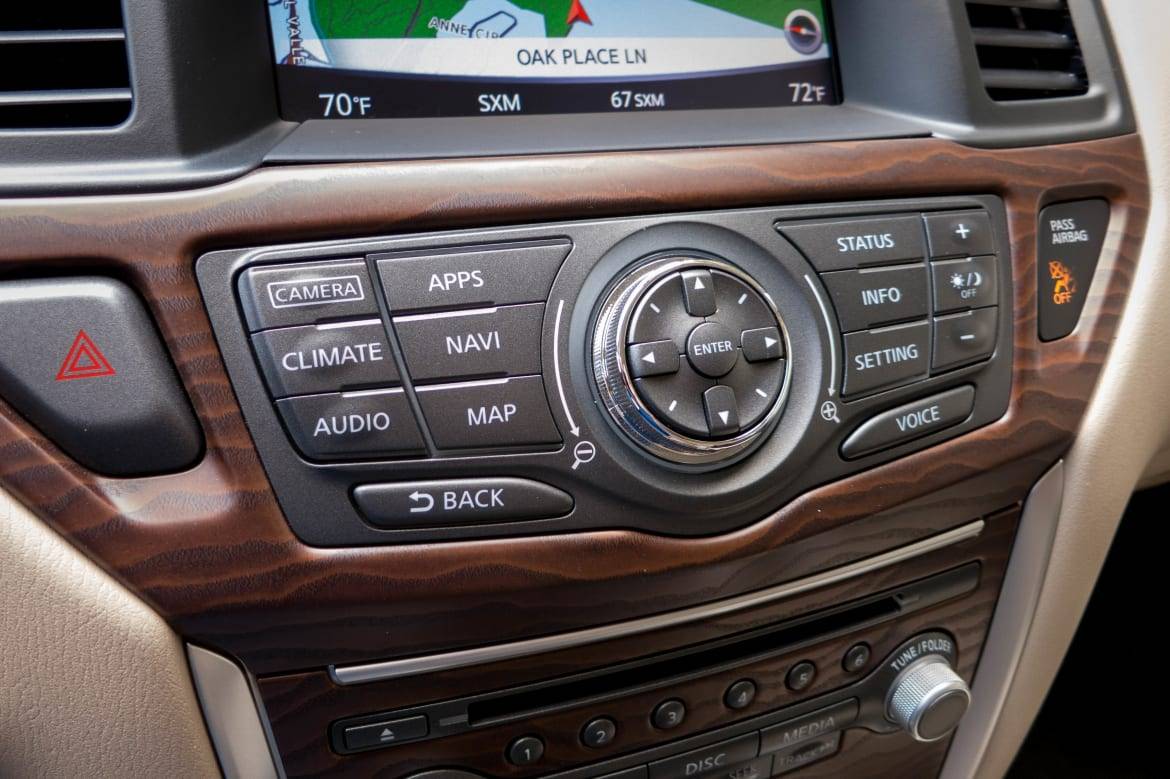
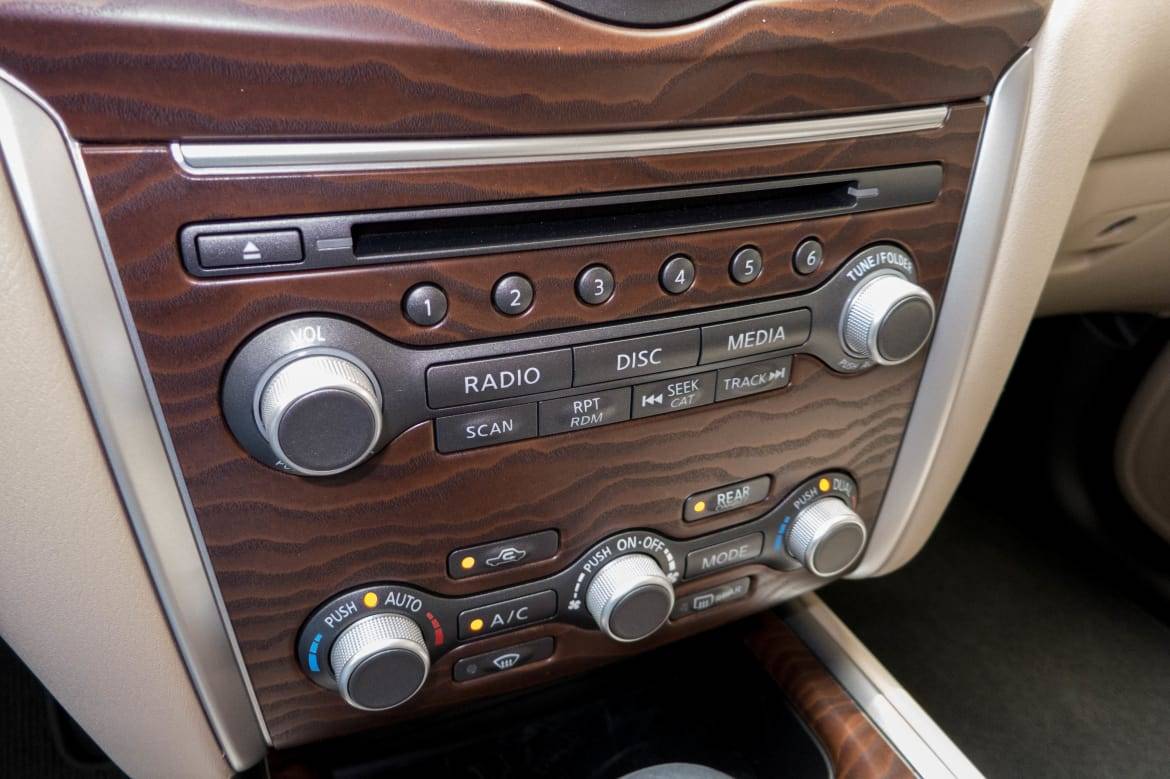
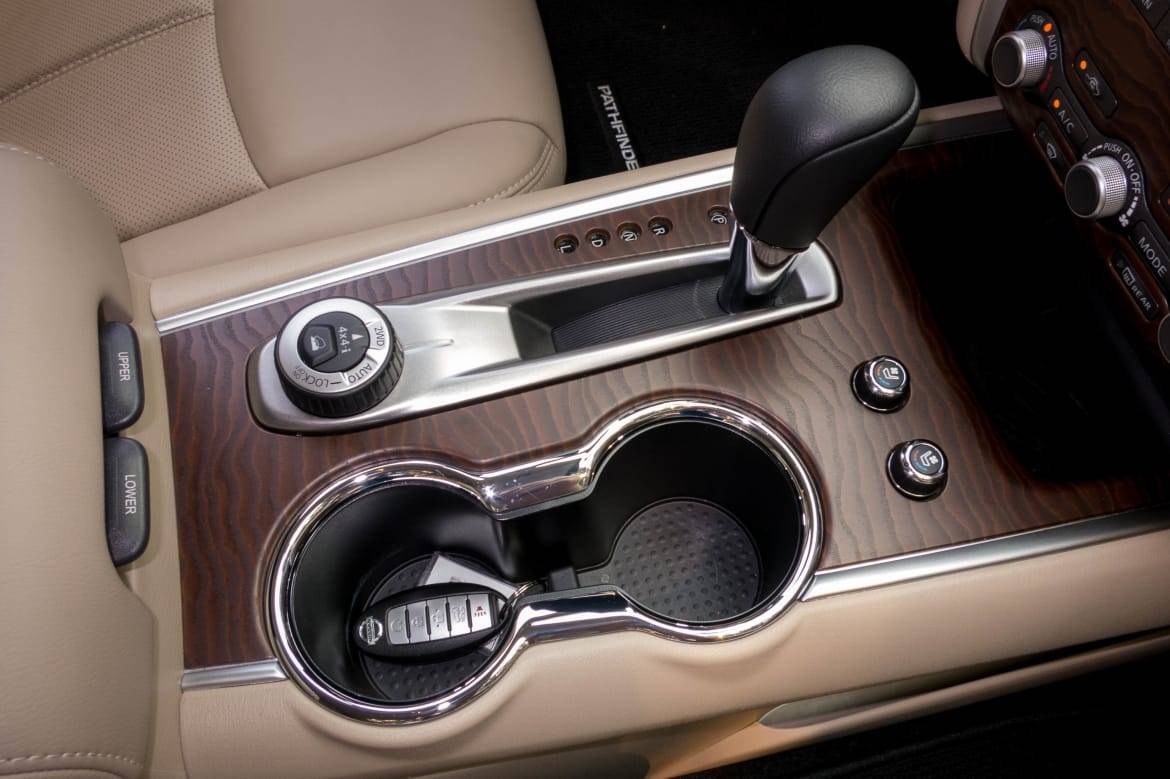
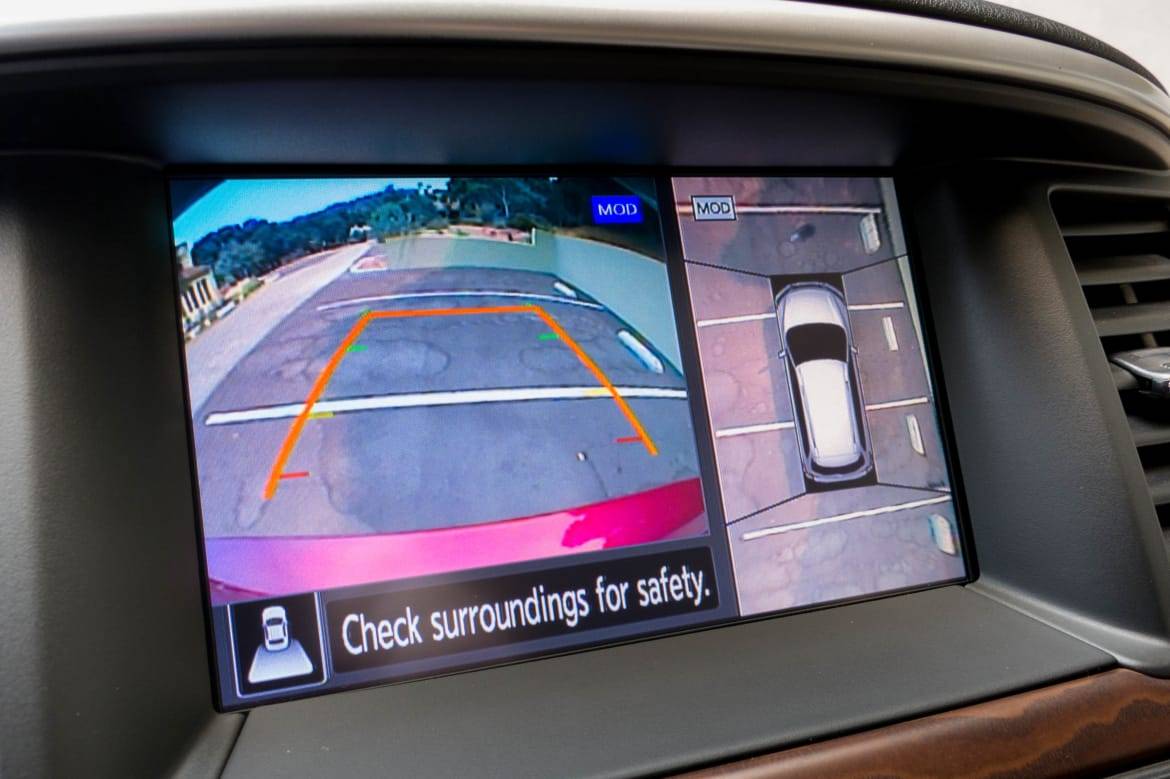
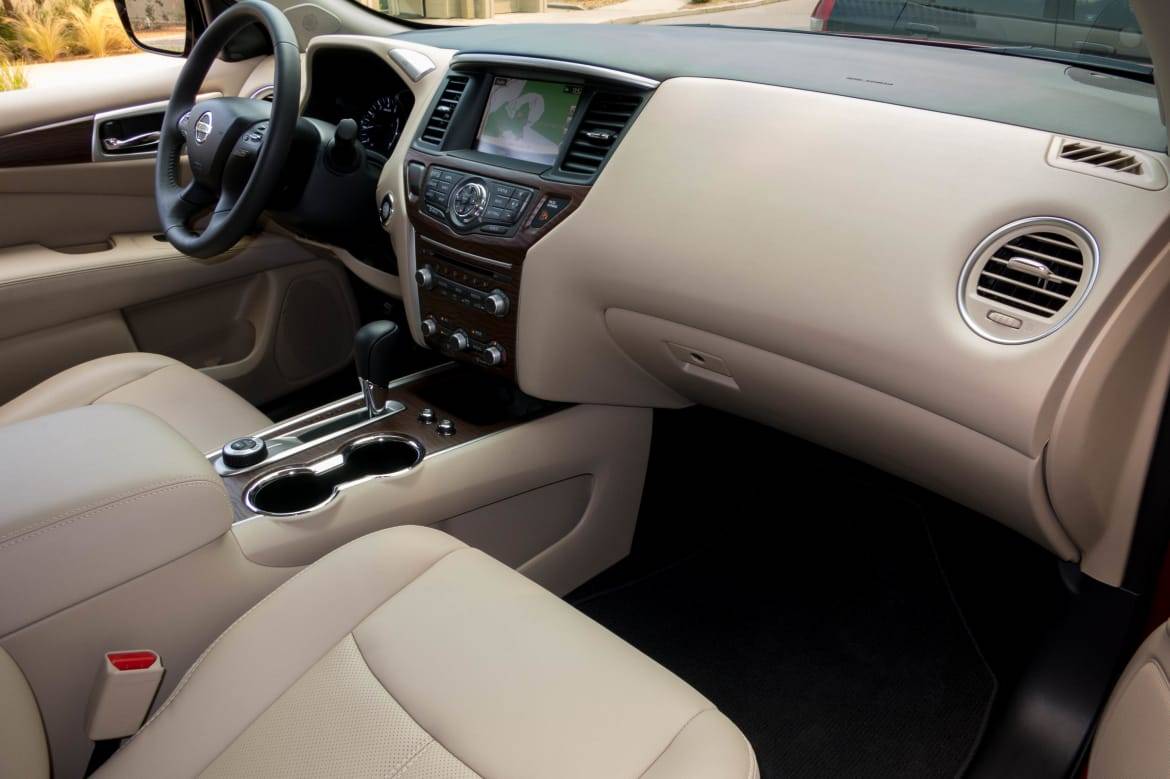
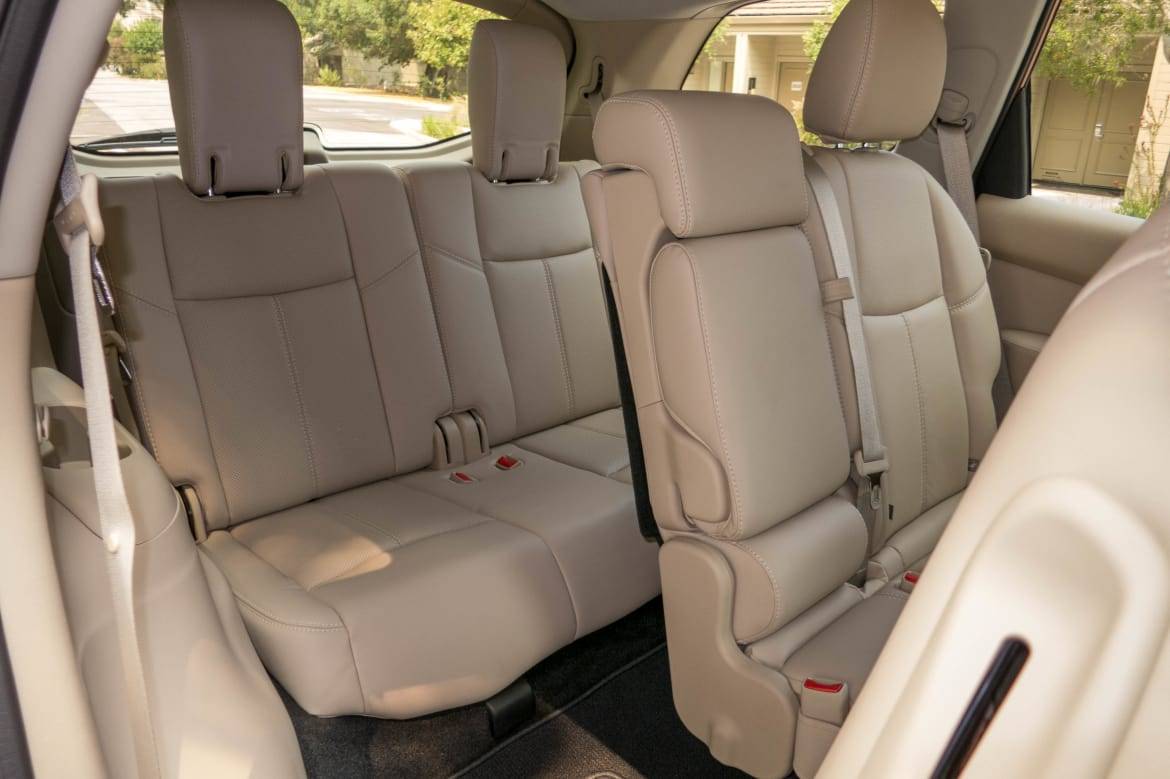
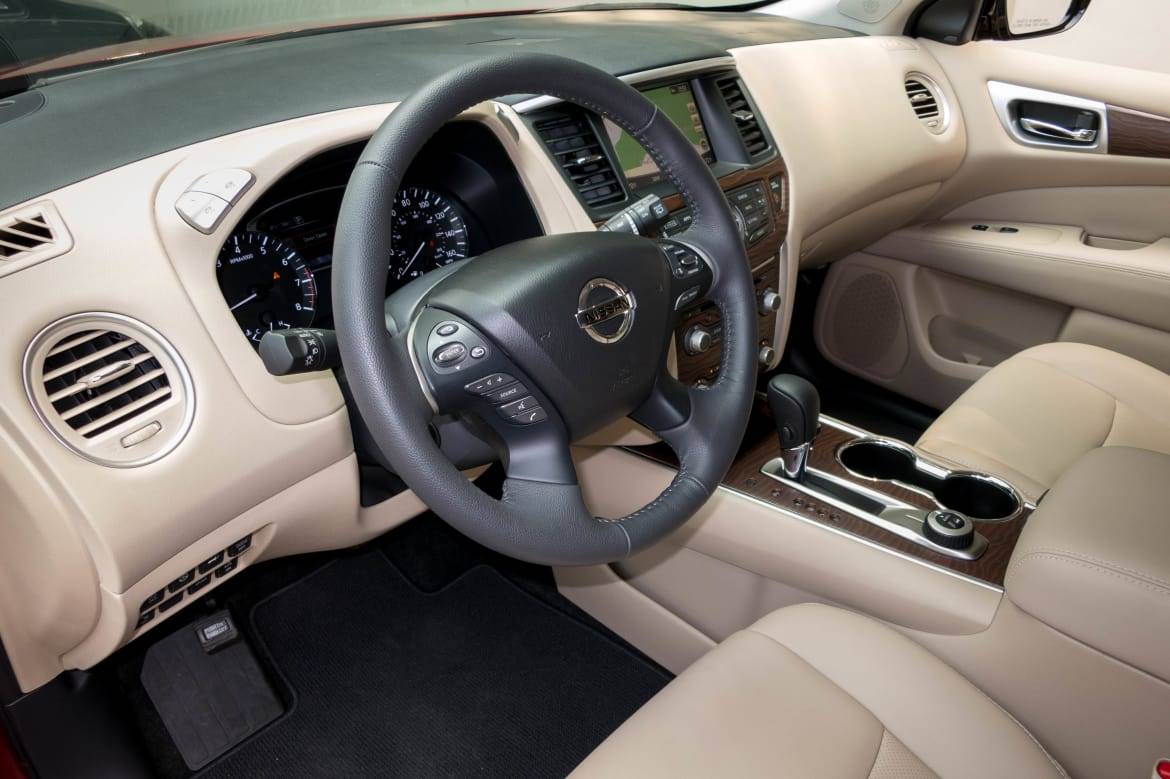
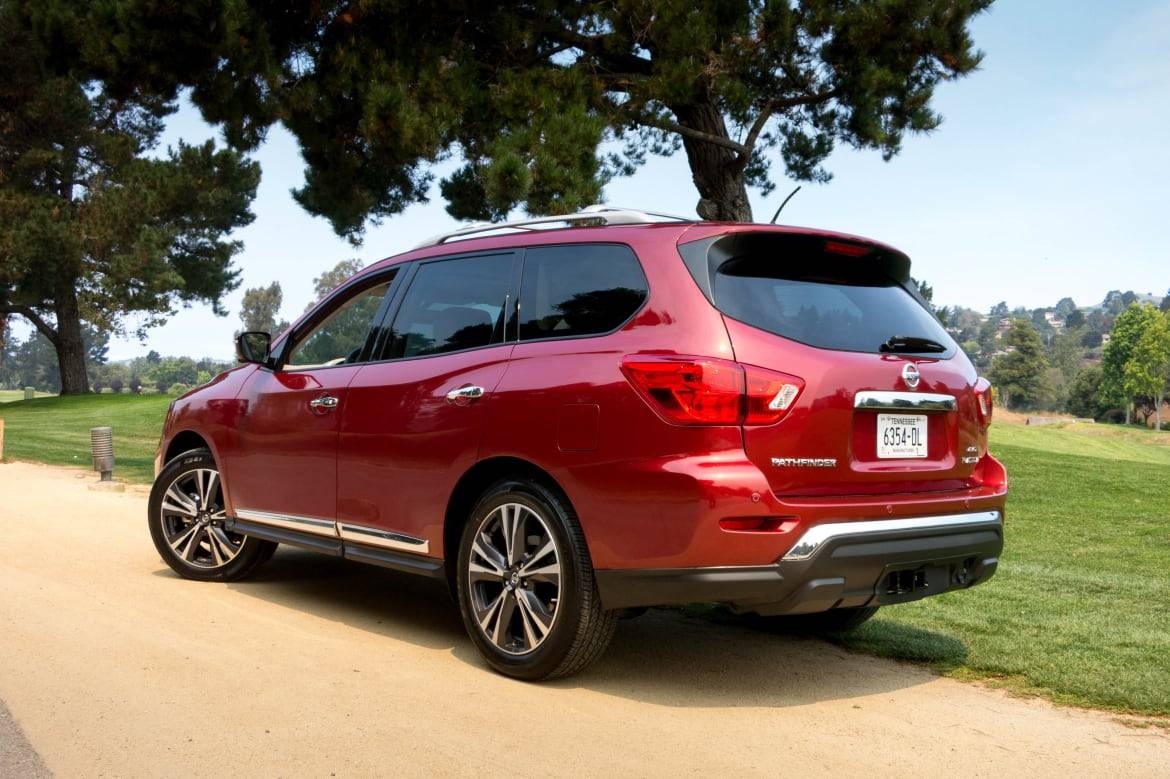
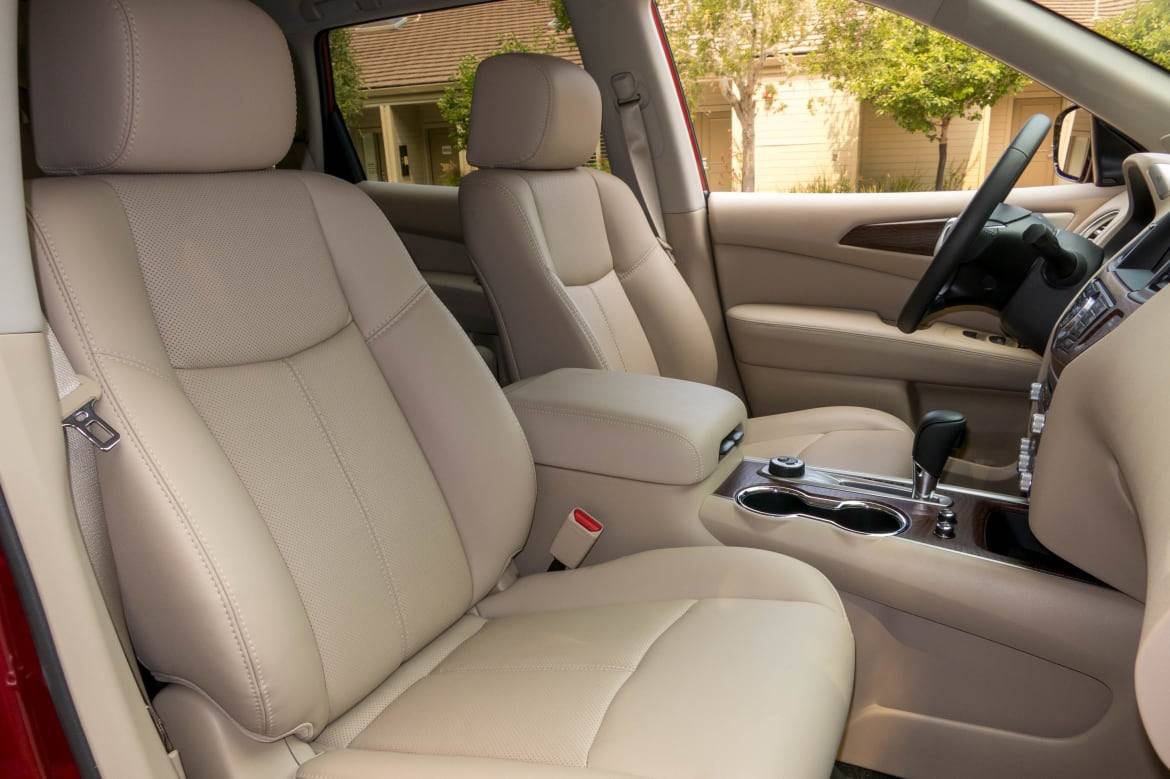
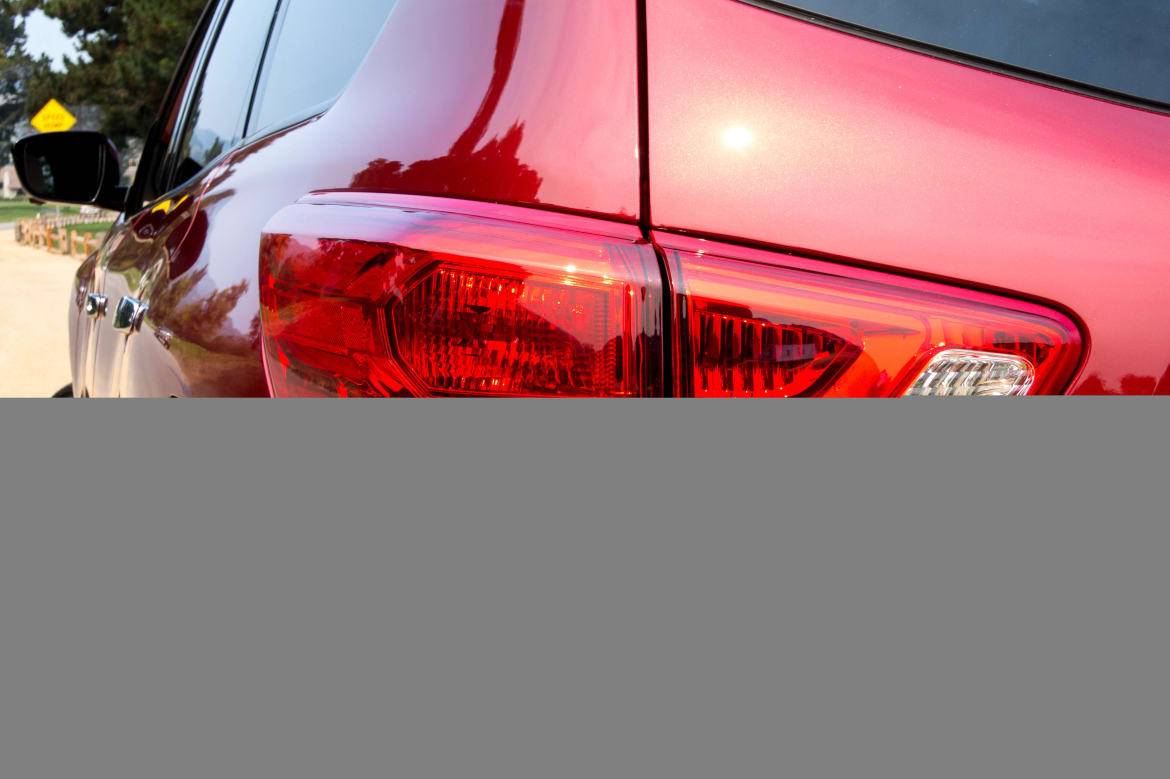
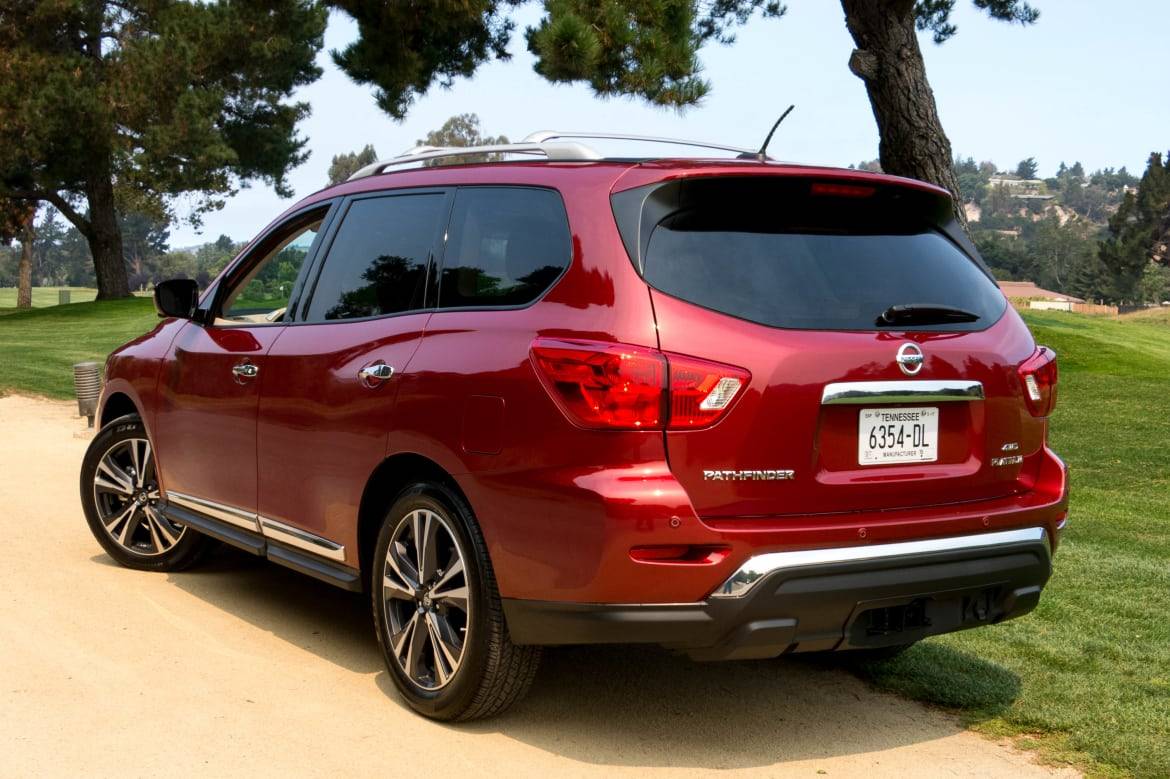
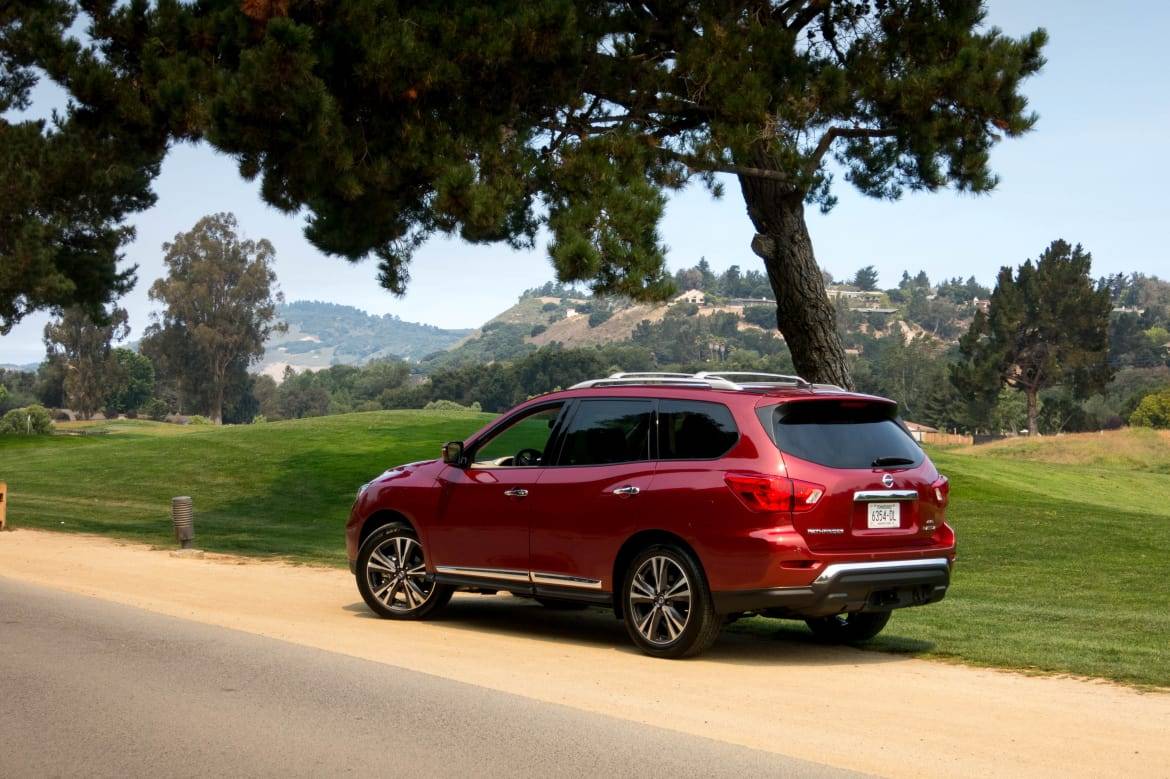






















Detroit Bureau Chief Aaron Bragman has had over 25 years of experience in the auto industry as a journalist, analyst, purchasing agent and program manager. Bragman grew up around his father’s classic Triumph sports cars (which were all sold and gone when he turned 16, much to his frustration) and comes from a Detroit family where cars put food on tables as much as smiles on faces. Today, he’s a member of the Automotive Press Association and the Midwest Automotive Media Association. His pronouns are he/him, but his adjectives are fat/sassy.
Featured stories
























